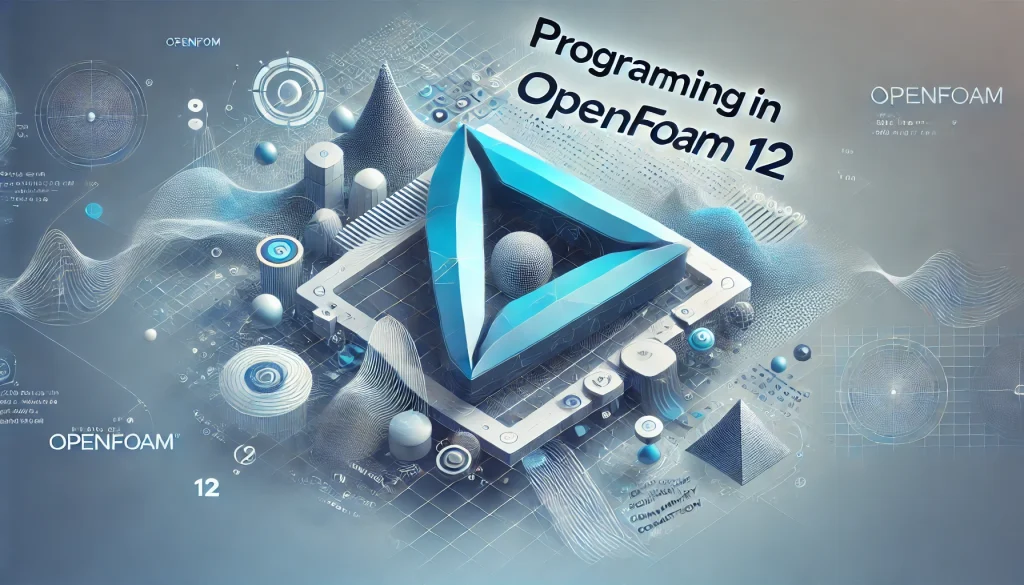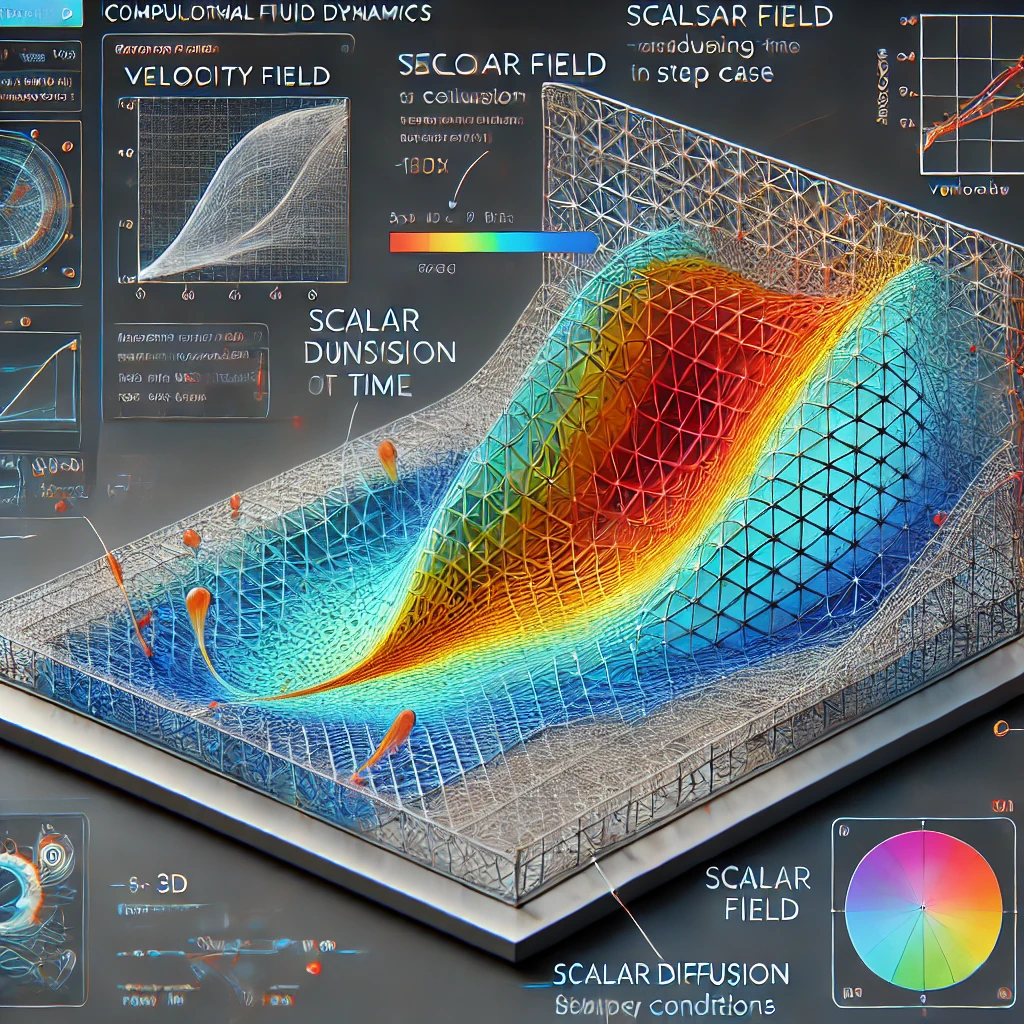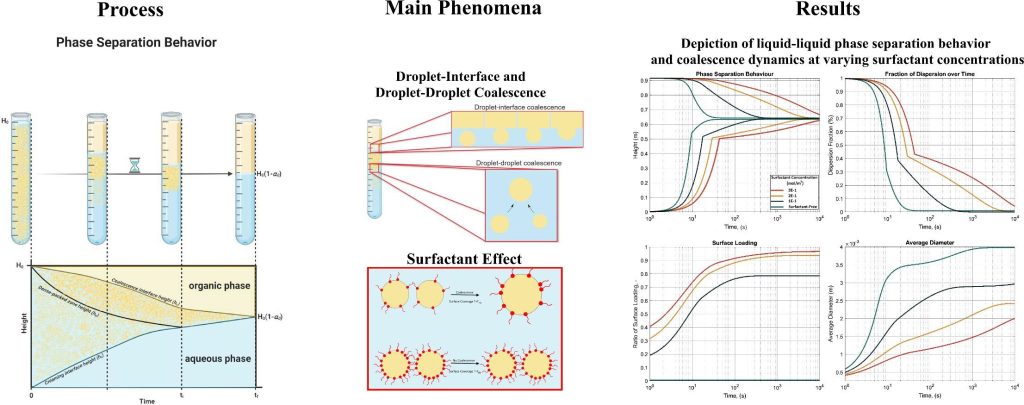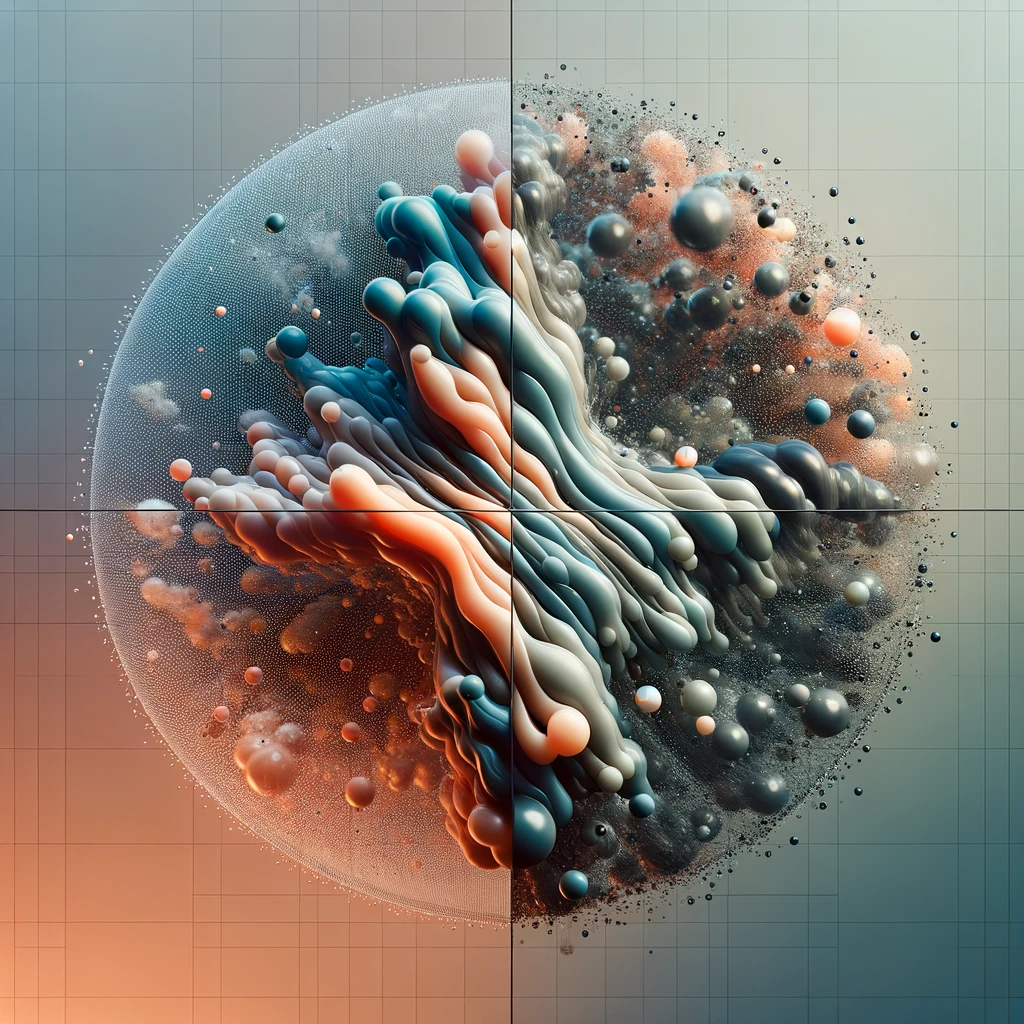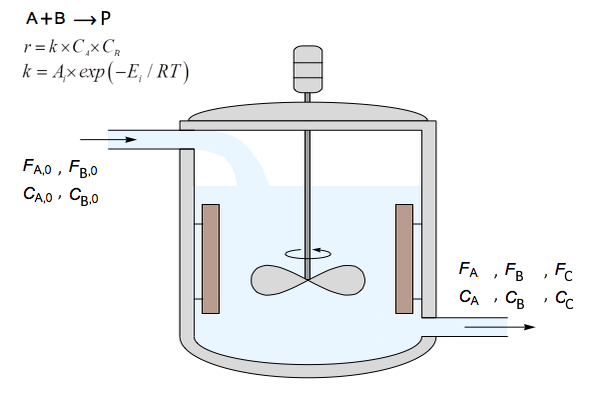From Zero → CFD: Installing OpenFOAM 12 on Windows (WSL) & Visualising with ParaView
Learn how to install OpenFOAM on Windows using WSL, run your first simulation, and visualize the results with ParaView. This beginner-friendly guide walks you through every step—from enabling WSL and setting up Ubuntu, to executing the bubbleColumn tutorial and viewing your CFD results. Perfect for students, engineers, and anyone starting with CFD on Windows.
From Zero → CFD: Installing OpenFOAM 12 on Windows (WSL) & Visualising with ParaView Read More »



